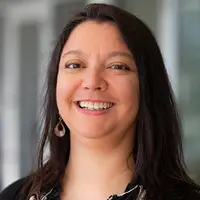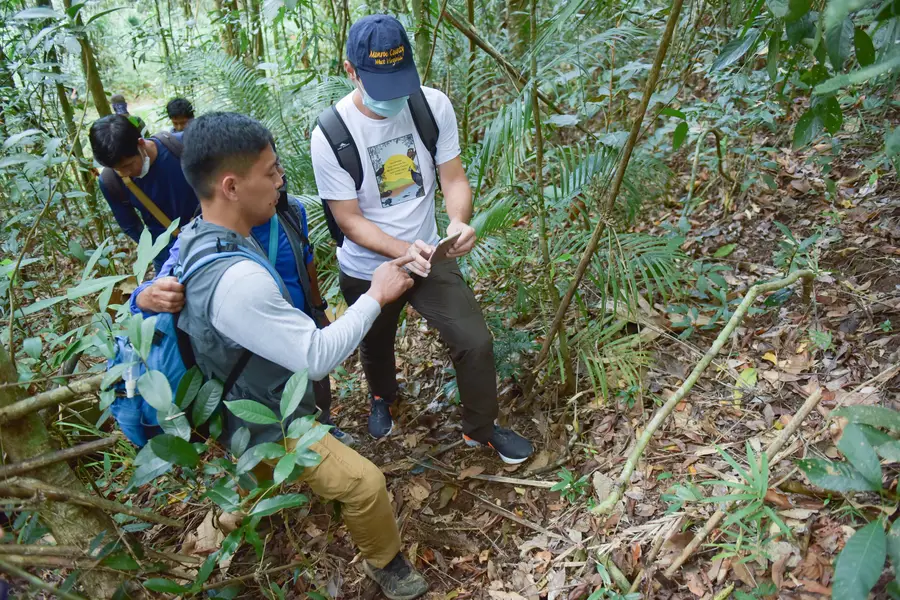This blog is the second in our series Capacity Development Methods at Work Locally. Read the first blog on Creating Meaningful Engagement and Learning with Communities of Practice and Learning Communities.
Credit: Blue Motus/USAID SIBOL
Earlier this month I took part in a panel discussion hosted by Connective Impact to share best practices with organizations looking to partner with USAID as sub-grantees.
For the unfamiliar, sub-grantees are often small and have limited, if any, experience working directly with USAID or other funding organizations. Yet, they bring valuable perspectives, services, and networks to bear that make development projects – and their impact – stronger and more sustainable.
Elevating and supporting these organizations and their ideas requires new and intentional approaches by funders and implementing organizations alike.
Promoting Localization in the Environment Sector
How to do so—particularly within a global development industry full of rules and regulations that differ depending on funder—is an ongoing challenge and was a topic of discussion at the event. Also known as “localization,” it’s an issue that the development world increasingly grapples with as major funders like USAID strive to direct more funding to local organizations, who often begin their journey working with the agency as sub-grantees.
At RTI, we see partnering with local organizations as a win-win. We can’t be effective without leveraging and integrating their capabilities, networks, and ideas into our projects. In exchange, we help them build capacity where they need it so they can be in a better position to directly work with USAID and their own governments in the future. Together, we achieve more lasting progress.
In the environment sector, where I spend my time, we’ve put this approach to localization into practice and seen incredible results: from elevating innovative approaches to conservation in Tanzania to sustainably protecting biodiversity in the Philippines.
How Localization Works - Local Connections Lead to Stronger Projects
RTI prioritizes engaging local organizations in our environment and conservation work because we’ve seen how it yields better results. When developing proposals, we conduct what we call “baseline solutioning” with local communities: We go to the country, sit down with potential partners and project personnel, and discuss needs, challenges, and opportunities. Through this process, we identify grounded solutions as well as prospective partners for the project.
This March, I traveled to Colombia with a colleague for a baseline solutioning exercise, and the response was telling. Local partners were shocked that we wanted to hear their thoughts and ideas. This had not been their experience in the past.
Integrating Localization for Global Conservation Solutions
As a global organization, RTI has deep knowledge and experience in development and implementing programs around the world. But we cannot know everything about every place in the world. The only way we are going to be successful and present strong solutions is to integrate the ideas, feedback, insights, and experience of local partners.
We need them; engaging with them is not just altruism for us. In fact, in Tanzania, this has led to stronger conservation and economic impact. For example, we’ve partnered with Chem Chem Association, a local ecotourism business, to support their innovative take on conservation, which includes decreasing poaching while increasing economic growth for local communities.
In the Philippines, this approach is building a stronger, more sustainable effort to protect biodiversity. From the start of the USAID Sustainable Interventions for Biodiversity, Oceans, and Landscapes (SIBOL) Activity, consortium partners worked as one team to jointly develop the proposal strategy and determine how best to leverage each other’s strengths. As a result, a local partner that provides conservation grants with its own funding aligned its strategy and technical approach with the Activity, thereby augmenting USAID-funded work and ensuring the approach, and its results, will continue after SIBOL ends.
Mentorship Enhances Local Capacity Building
This type of partnership is a two-way street. Local organizations can benefit from working with large global implementers like RTI. We provide the level of rigor and effort needed to meet USAID requirements and secure a contract, which allows us to then provide grants and awards to local organizations.
As local organizations work as sub-grantees, they’re able to gain experience and the ever-important “past performance” with USAID projects that can position them well for future funding. Often new partners or local organizations of a certain size don’t have this background and miss out on opportunities as a result.
RTI takes it one step further. We actively mentor our local partners to strengthen their financial systems, operations, and other key administrative functions so they are better able to meet USAID requirements in the future—which can be a steep learning curve for new or small organizations.
We’ve paired sub-grantees in our conservation programs with staff from RTI who provide this mentorship and feedback, depending on their needs. In Uganda, for example, one of our staff members mentored the financial manager for a small local organization for a month and helped him transform their invoicing system in that time. And our work with the Southern Tanzania Elephant Program, a local organization restoring wildlife corridors and protecting elephants, is helping them graduate from sub-grantee to sub-contractor with USAID.
Promoting Localization for a Sustainable Future
This mentorship gets to the heart of localization, and what’s needed to truly make it happen. While it has been called by different names over the years, localization has long been a focus of donors like USAID that want to see their funding lead to sustainable results. In other words, they aren’t looking to fund an organization indefinitely. They want to see their funding being used to jumpstart or advance local organization’s growth, so they can eventually sustain their work without donor funding.
Being able to responsibly manage greater funds—whether they come from a funding agency like USAID, from customers, or from other avenues—serves an organization well in the long-run. RTI is committed to helping our partners build these capabilities and graduate in their own journeys to self-reliance.
This is good for local development, it’s good for global development, and it means stronger, more lasting results that benefit us all.
Learn more about our International Development capabilities.
Read more about RTI’s best practices for localization in this blog.
Acknowledgment: Jennifer Cupp, Communications Consultant, contributed to this blog.


